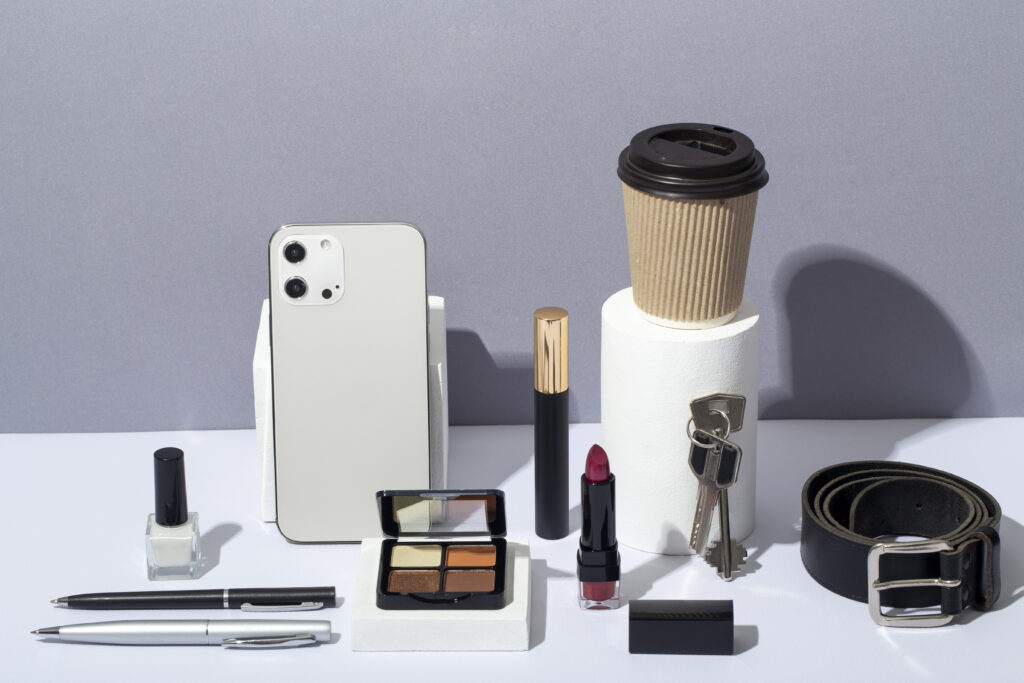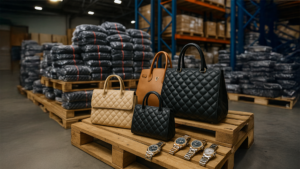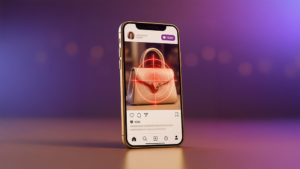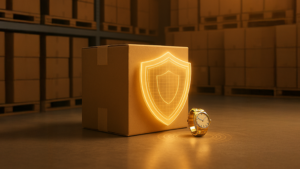Buying and selling genuine products shouldn’t feel like a gamble. But with counterfeit goods flooding the market, often looking just like the real thing, it’s getting harder to trust what you’re paying for.
It’s no longer just a few knockoffs here and there. Fake electronics, cosmetics, auto parts, clothing, and even health products flood online and offline platforms every day. Some look so real, even experts miss them.
Counterfeit products hurt everyone. Customers lose money and trust. Sellers lose business and reputation. Entire industries suffer. Globally, counterfeit goods are projected to make up over $1.7 trillion in annual trade by 2030, affecting tax revenues, jobs, and public safety.
So, what can be done about it?
While traditional methods like printed certificates, serial numbers, and labels have been used for years, they’re no longer enough. Today’s counterfeiters are smart. They copy those too. To really deal with the problem, we need better tools, tools that go beyond what the eye can see.
That’s where AI (Artificial Intelligence) and Blockchain step in. Together, they’re reshaping how businesses track, verify, and protect their products, and helping buyers feel more confident about what they purchase.
Let’s look at how they work, in plain terms.
Why Old-School Solutions Fall Short
Think about buying a new gadget online. It arrives with the right packaging, a stamped warranty card, and even a unique code on the back. Looks perfect.
But what if that same code is used on 50 other fake products? Or if the packaging was copied exactly, printed at the same factory, or even reused from original storage? There’s no easy way to tell.
That’s the problem with relying only on physical features to prove something is genuine. Labels can be printed. Barcodes can be reused. Even certificates can be forged.
And once these fakes enter the market, they blend in. They get sold as real, passed on to friends, or resold online. Over time, even well-meaning sellers may unknowingly deal in counterfeits.
This is where better tech makes a real difference, not by adding more labels, but by making the product’s story harder to fake.
How AI Helps Spot and Stop Fakes
Artificial Intelligence (AI) refers to computational systems that simulate human-like intelligence by learning from data, identifying patterns or anomalies, and making informed decisions, often faster and at greater scale than humans.
When applied to counterfeiting, AI becomes a very powerful tool.
1. Detecting Fake Listings at Scale
Online marketplaces deal with billions of listings. Checking each one manually? Impossible.
That’s why platforms like Amazon use AI to help manage the problem. In fact, Amazon uses AI to scan over 8 billion listings daily to spot and remove counterfeits before they reach buyers.
These systems look for patterns. If a new seller posts hundreds of branded items at unusually low prices, that’s a red flag. If product images don’t match known originals, or if the seller’s history looks suspicious, AI can quickly catch it.
Instead of waiting for complaints, AI tools find these problems early, reducing the risk for both platforms and shoppers.
2. Checking the Product Details
AI can also be used to verify physical products. Some companies use AI-powered image recognition tools that scan the product’s features, things like stitching, shape, logo size, or color tone.
These tools compare the item to a database of real examples. Even tiny differences can be flagged, helping verify whether something is real or not.
Warehouse teams, store staff, and even customers can use mobile apps to do quick checks. It’s not foolproof, but it’s a big step ahead of guessing based on looks alone.
3. Monitoring Reviews and Behavior
AI doesn’t just scan listings. It also keeps an eye on reviews, customer complaints, and seller behavior.
If multiple buyers say an item “feels off” or breaks easily, AI systems can detect that trend, even if people aren’t using the word “fake.” That gives platforms the chance to investigate and respond faster.
4. Buyers Want AI to Help
People are getting tired of feeling unsure. A recent survey shared by SupplyChain247 found that nearly 80% of consumers hope AI can help stop the spread of fake goods.
That’s a huge number, and it shows that people don’t just want stricter policies. They want smart, tech-backed solutions they can rely on.
AI helps make that possible. It gives sellers and platforms the ability to protect customers in real-time, without waiting for reports or returns.
5. Help Prevent Return Fraud
Return fraud is another growing challenge for retailers, fake items sent back for real refunds, or empty boxes passed off as legitimate returns. AI systems can spot suspicious return patterns by analyzing customer history, return volume, and inconsistencies in product images or weights. This doesn’t just save money. It protects the entire return system from being abused and keeps honest customers from facing stricter policies due to fraud.
Blockchain: Creating a Product Story That Can’t Be Changed
If AI is great for spotting fakes, blockchain is great for preventing them in the first place.
At its core, blockchain works like a digital notebook. Every time something changes with a product, when someone makes it, ships it, or sells it—they record the event in this notebook. And once recorded, no one can erase or alter it.
Here’s why that matters.
Let’s say a factory makes a skincare product. They seal it and ship it to a warehouse. Then it moves to a retail store. At every step, the system logs its unique ID and details on a blockchain.
So, when a buyer scans the code on the product, they can see its full journey, from origin to shelf. If the journey looks clean, they know it’s real. If something doesn’t add up, like missing records or strange detours, that’s a sign it might be fake.
This is sometimes called a “digital passport” for goods.
Because blockchain data is secure and unchangeable, it builds a level of trust that paper tags or printed codes can’t offer.
Why This Matters to Buyers and Sellers Alike
You don’t have to be a global brand to care about counterfeits. If you’re buying or selling online, authenticity matters, especially for high-value items like electronics, skincare, clothing, or collectibles.
For buyers, AI and blockchain bring peace of mind. You know what you’re getting. You’re less likely to be scammed. You don’t have to rely only on a seller’s word or a fancy label.
For sellers, it’s about more than trust, it’s about protecting your name. If people start doubting your products, it’s hard to win them back. By using smart authentication tools, you show that your goods are genuine and your business is serious about quality.
It also helps reduce returns, complaints, and support issues, all of which cost money and time.
The Risk of Doing Nothing
Some businesses think counterfeiting won’t affect them. But here’s the thing: even one fake circulating under your name can cause long-term damage.
Let’s say a knockoff item breaks easily or causes a skin reaction. The buyer posts about it online, tagging your store. Others start wondering if your products are trustworthy. Reviews drop. Sales go down.
This isn’t a rare situation, it happens more often than we think. And the damage is hard to fix once trust is lost.
That’s why using AI and blockchain isn’t just a smart move, it’s quickly becoming a necessary one.
A Smarter Way Forward: How TruLux Can Help
At TruLux, we help brands future-proof their authenticity strategies, not just to fight counterfeits, but to grow smarter businesses.
Our AI-powered authentication systems flag fake products before they reach the market. Our blockchain-based tracking ensures every product has a verifiable, tamper-proof history.
The result? Real business impact:
- Boost top line: Increased customer trust drives higher conversion rates, repeat purchases, and resale value.
- Protect bottom line: Fewer returns, reduced certification overhead, and lower losses from counterfeit claims.
- Build transparency: Full product traceability across suppliers, logistics, and retail.
- Defend your brand: Strengthen reputation in online and global channels.
Whether you’re scaling up or already established, proving your products are real is no longer optional, it’s a competitive edge.
Conclusion
Fakes are getting better at pretending. But with AI and blockchain, companies now have tools to protect their products and prove their authenticity. AI flags suspicious activity, and blockchain tracks every step of a product’s life. For buyers and sellers who care about the real thing, that’s a win worth having.
Image credits: <a href=”https://www.freepik.com/free-photo/women-s-day-still-life-with-makeup-jewelry_22378113.htm”>Image by freepik</a>







